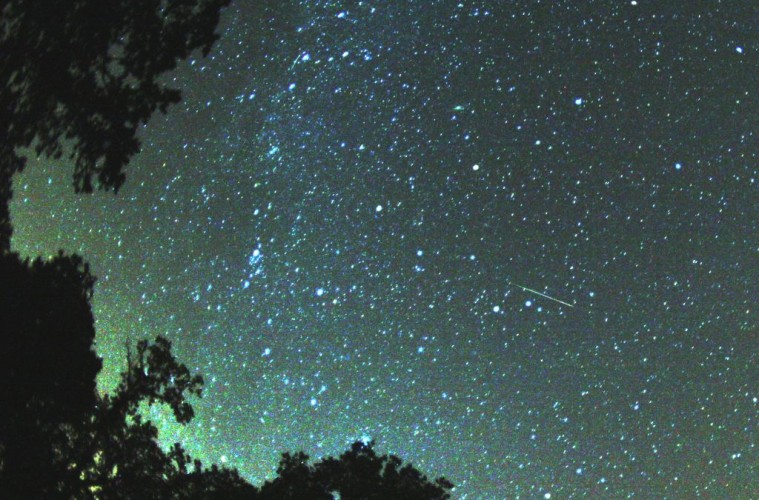The most popular and dependable annual meteor shower — Perseids is back, and will be visible until August 24, with peak showers appearing on August 13.
Remnant debris of Comet Swift Tuttle, the Perseid meteors create dazzling streaks of light, which appear to be coming at us from a point in the sky within the constellation Perseus, and thus are named after it.
Coinciding with a moonless black sky, this year’s Perseid meteor shower is particularly promising. If you manage to get away to a dark spot, with open skies minus city lights, you may just see up to 50 or more shooting stars per hour.
So no matter where you live in the world, grab a picnic blanket and get out there. Tonight is a special night to watch some celestial fireworks.


